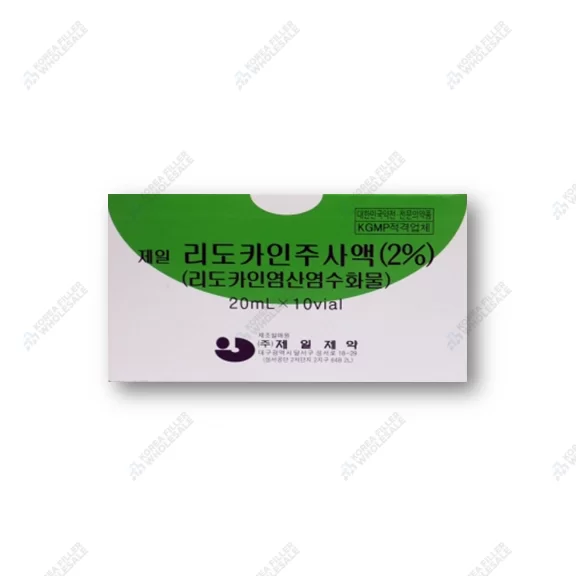Description
Main Efficiencies
- Versatile Anesthetic Applications: Efficient in various forms of anesthesia such as epidural, infiltration, surface anesthesia, and nerve block, catering to a wide range of surgical or procedural needs.
- Cardiac Arrhythmia Management: Demonstrated effectiveness in the internal medical management of conditions such as ventricular arrhythmias, contributing to the stabilization of heart rhythms.
- Pain Management: The anesthetic properties contribute to significant pain reduction during and after surgical procedures, enhancing patient comfort and compliance.
- Reduced Systemic Complications: Designed to limit the systemic spread of the anesthetic, thereby minimizing potential side effects and complications associated with anesthesia.
- Quick Onset of Action: Characterized by a rapid initiation of action, facilitating timely progression of medical and surgical procedures without unnecessary delays.
Application Areas:
- Surgical Procedures: Utilized in an array of surgical fields requiring various forms of anesthesia (epidural, infiltration, surface anesthesia, nerve block) such as:
- Obstetrics (particularly for labor pain)
- Orthopedic surgery
- General surgery
- Plastic surgery
- Cardiac Care: Essential in the management and treatment of cardiac conditions, particularly ventricular arrhythmias, by healthcare professionals in:
- Cardiac units
- Emergency departments
How to Use:
- Patient Evaluation: Conduct a thorough assessment of the patient’s health status, including any existing medical conditions, allergies, or medication history to prevent contraindications.
- Procedure Explanation: Clearly explain the intended procedure and the role of the anesthetic to the patient, ensuring informed consent.
- Administration for Anesthesia:
- Preparation: Depending on the type of anesthesia, prepare the anesthetic solution following strict aseptic techniques.
- Dosage and Application: Administer the anesthetic as per the required technique (epidural, infiltration, etc.), adhering to recommended dosage guidelines. Ensure proper positioning and support for the patient during administration.
- Monitoring: Continuously monitor the patient’s vital signs and pain levels throughout, ready to adjust the approach if necessary.
- Administration for Arrhythmias:
- Dosage: Follow specific medical guidelines regarding the dosages for treating ventricular arrhythmias, considering factors such as body weight, age, and overall cardiac function.
- Intravenous Administration: For arrhythmias, the medicine is often administered intravenously under medical supervision, with continuous cardiac monitoring.
- Post-Procedural Care: Provide appropriate aftercare, monitoring the patient for any potential side effects or complications, and managing pain as needed.
Note: The usage instructions are generalized. It is crucial to refer to product-specific guidelines or institutional protocols and to operate within the legal scope of practice.











Reviews
There are no reviews yet.